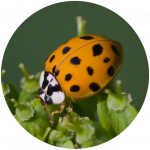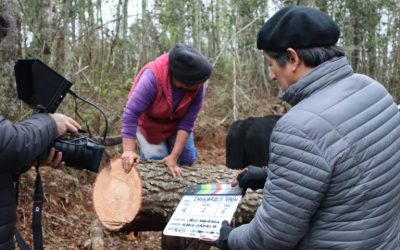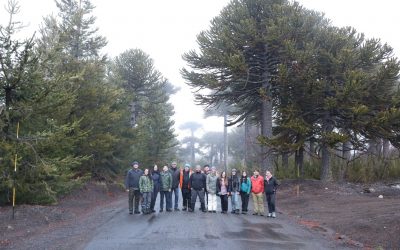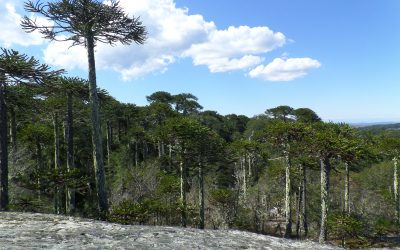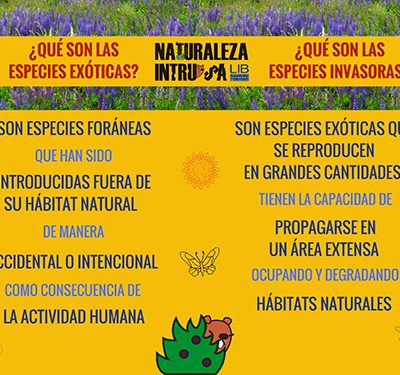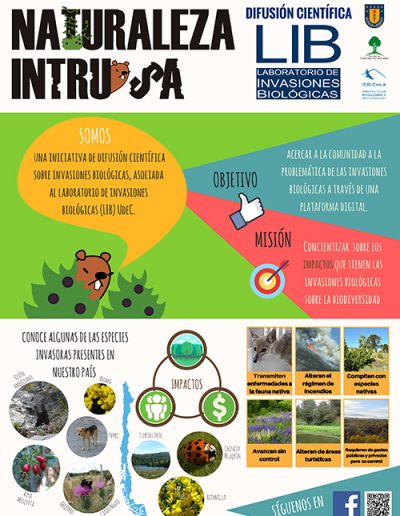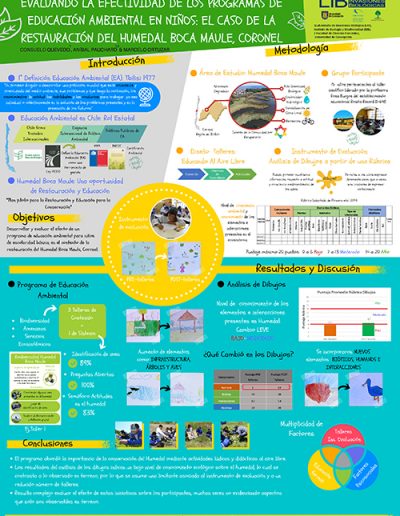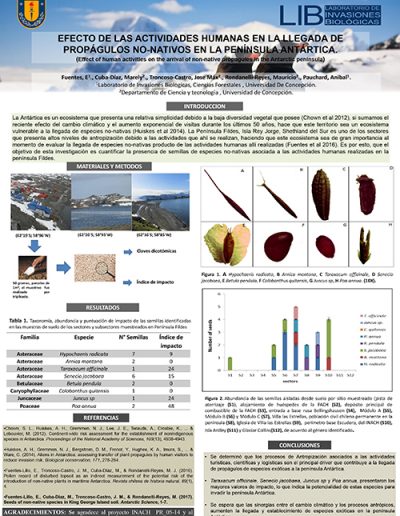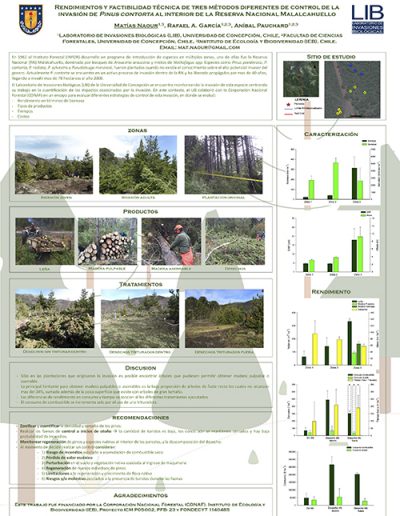
“Ciencia para Todos” is a scientific divulgation section, which aims to bring the developed investigative research from the lab closer to different community actors. Also, you can learn in detail a scientific divulgation initiative called “Naturaleza Intrusa”, associated to the LIB, which target is to bring the community closer to the problematic of biological invasions through a digital platform, raising awareness to the community about the impacts that have invasions on biodiversity.
We invite you to download educational material, posters, abstracts, and to inform you about our next activities.
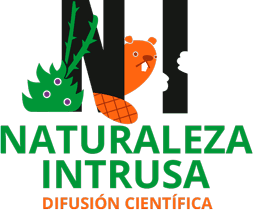
News for everyone
Abstracts

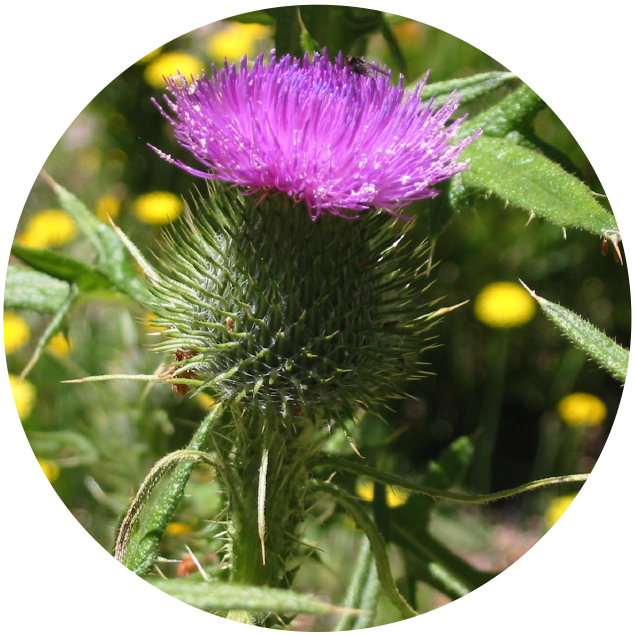
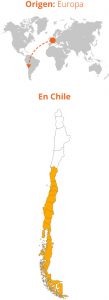
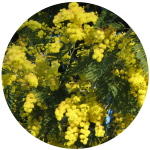 The aromo seed are transported by the rivers, allowing them to travel many miles.
The aromo seed are transported by the rivers, allowing them to travel many miles.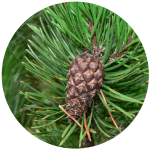 At five year old, the pinus contorta starts to produce seeds.
At five year old, the pinus contorta starts to produce seeds.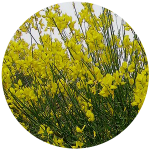 The fruits of retama, when it opens ejects its seeds up to 4 meters distance.
The fruits of retama, when it opens ejects its seeds up to 4 meters distance.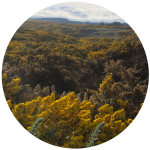 The caven is one of the 100 exotic species most harmful in the world.
The caven is one of the 100 exotic species most harmful in the world.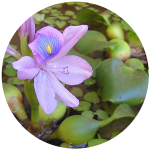 The water hyacinth causes low eater levels in lagoons because its high transpiration rates.
The water hyacinth causes low eater levels in lagoons because its high transpiration rates.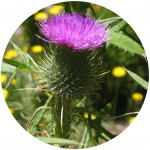 There are more than 1,000 feral exotic species in Chile.
There are more than 1,000 feral exotic species in Chile.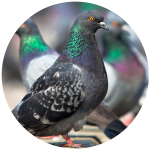 Pidgeons, highly distributed species, can carry diseases to humans.
Pidgeons, highly distributed species, can carry diseases to humans.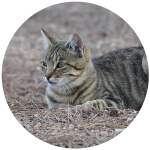 Feral cats eats birds, rodent, marsupials and native reptiles.
Feral cats eats birds, rodent, marsupials and native reptiles.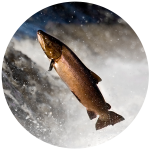 Salmon is not native of Chile, and constitutes a threat to native fishes.
Salmon is not native of Chile, and constitutes a threat to native fishes.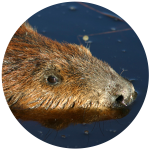 Beavers chops native trees to build theirs beavers’ dams, forming true dams across Patagonia rivers.
Beavers chops native trees to build theirs beavers’ dams, forming true dams across Patagonia rivers.